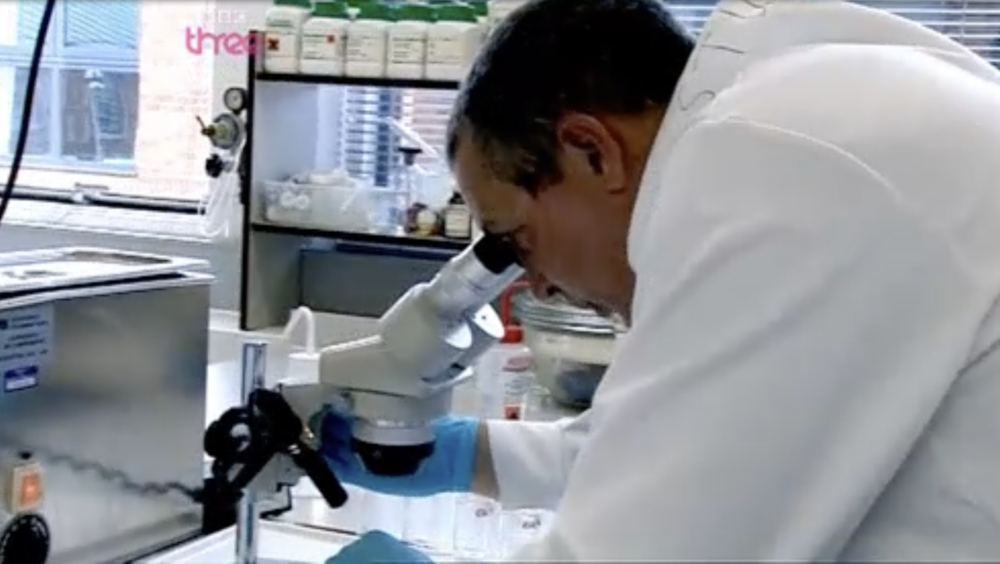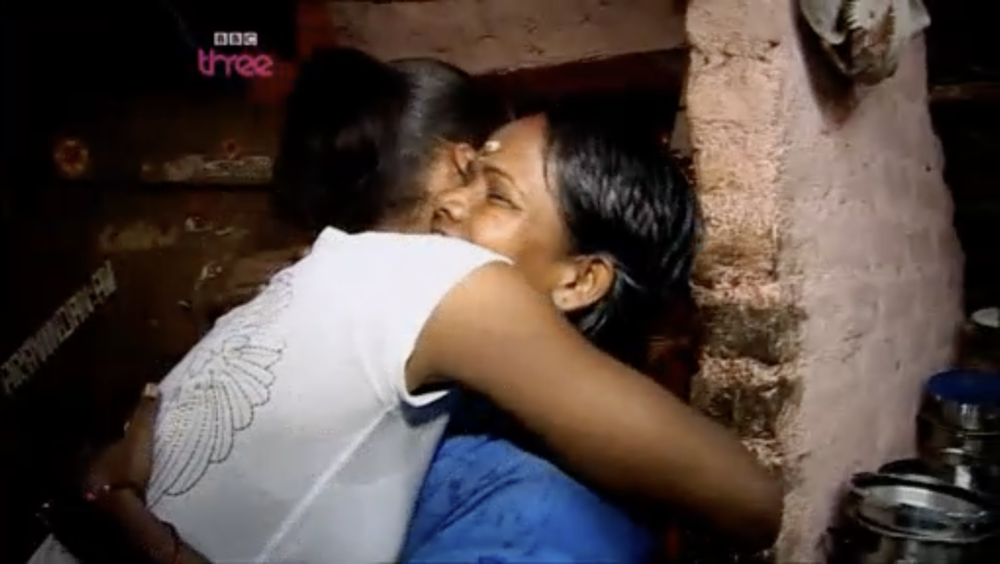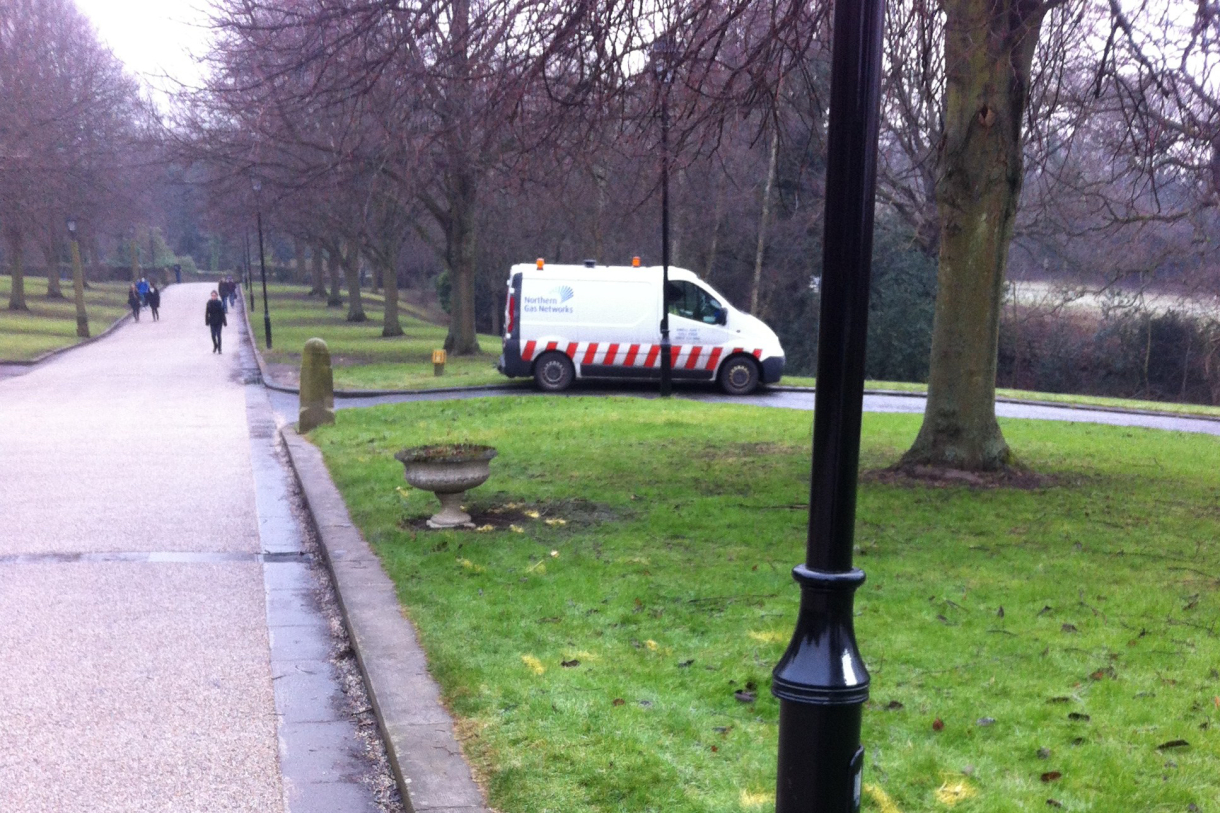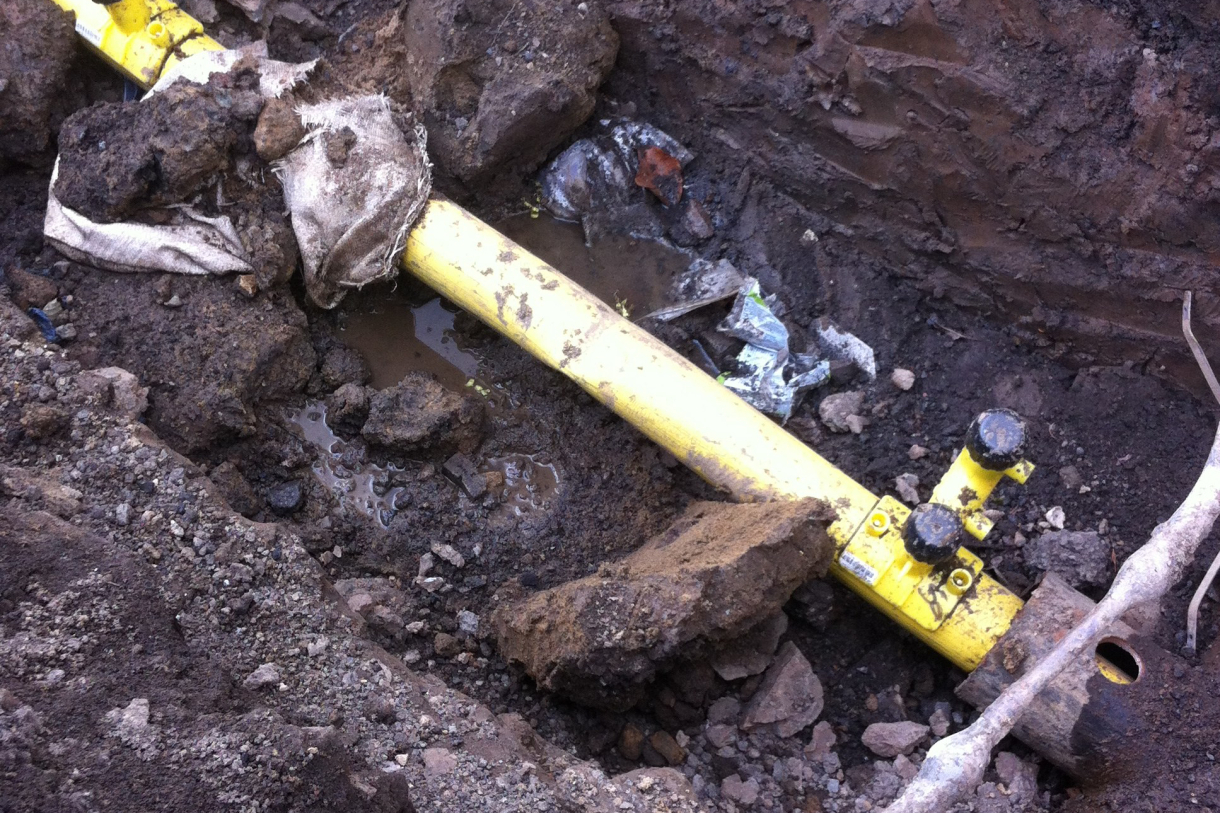

followthethings.com
Money & Finance
“Our Commemorative £2 Coin“
Undergraduate coursework written by Mike Swan, Will Davies, Emma Christie-Miller, Becky Woolford, Meagan Wheatley, Maddie Redfern, Robbie Black, Lucy Webber, Jade Stevens, Katy Charlton & Tom Bollands (a.k.a Royally Minted).
Available in full below. Originally posted online here.
In 2010, students start the ‘Geographies of Material Culture’ by researching different examples of trade justice activism to add to the followthethings.com website (not all of them made it). Next, students who have researched different examples came together to create their own original examples of trade justice activism. They pick up some important ideas from their own research and what has already been published here on followthethings.com. They know the importance of looking beyond the usual suspects of follow the things activist – phones, fashion and food – and think about something they don’t think about, something that’s made by doesn’t have a ‘made in’ label, something that’s jangling in all of their pockets: coins. They know that they’re made of metal, but have no idea which ones or where they might be mined by whom. They’ve read about commodities embodying the labour of their creators, and being haunted by them. They’re carrying around, they’re spending, the labour of those mine workers. It’s easy to find which metals are in coins. The organisations that mint them tend to say so. And it’s not difficult to find newspaper, NGO and occupational toxicology research that profiles the labour that goes into mining these metals around the world, the multiple forms of pollution caused by this mining and the damage this does to people’s health, social structures and the environment. The group’s task is to think about how best to present their findings, to make those lives part of this thing, to insert those lives into the lives of coins and their transaction. 2010 sees the UK’s Royal Mint releasing a two commemorative £2 coins: to mark 150 years of modern nursing and the 100 years since the death of Florence Nightingale. The group – now calling themselves ‘Royally Minted’ – decide to design a third that will commemorate the labour that goes into mining those coins’ metals. They look at the Royal Mint’s commemorative coin webpages and mimic their format and content. It’s all very celebratory, very collectable. These students are particularly inspired by forms of activism – like the Suffragette Penny [see our page on this here] – which puts political issues into circulation on and as commodities. Money – with its unique status as a commodity and a means of exchange – is a perfect vehicle for political messages. If only the Royal Mint would commission this.
Page reference: Royally Minted (2010) Our New Commemorative £2 Coin. followthethings.com/our-new-commemorative-£2-coin.shtml (last accessed <insert date here>)
Estimated reading time: 15 minutes.
Continue reading Our New Commemorative £2 coin







